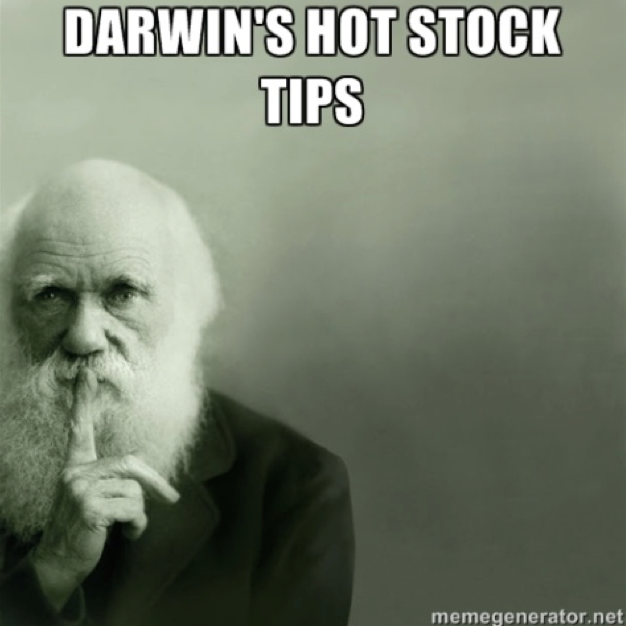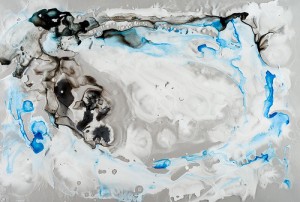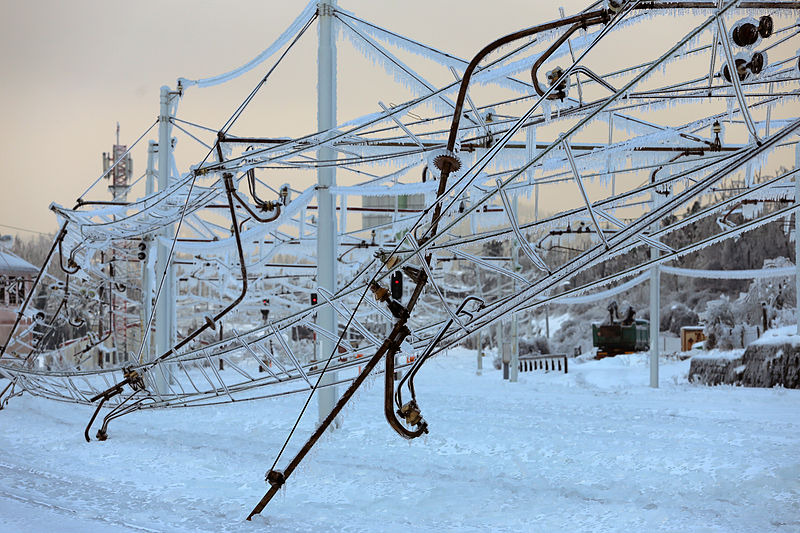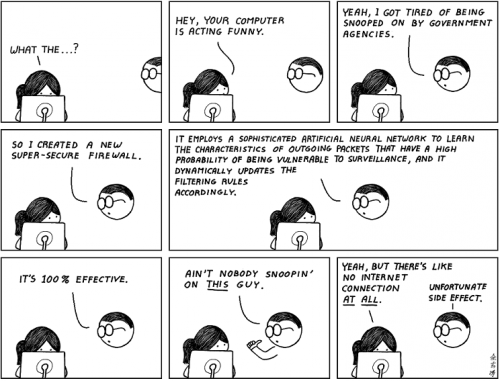In the fourteen years that I’ve been teaching high school biology, I’ve been asked a lot of weird questions about evolution. But, until recently, I’ve not been asked whether Charles Darwin could make you rich. Is evolution good for business? In a recent debate, Bill Nye, the popular science educator, argued it is.
Actually, Nye first offered this argument against creationism in a Big Think interview from August, 2012 entitled, “Creationism Is Not Appropriate For Children”. Nye claimed that evolution deniers promote a worldview that is not just ignorant and inaccurate, but positively harmful—especially for children. Since creationism interferes with the public’s understanding of a fundamental and well-established scientific fact, Nye argued, it undermines our economic competiveness. “We need scientifically literate voters and taxpayers for the future [and] we need engineers that can build stuff– solve problems.”
Eight days later, the Creation Museum published a video response. Continue reading

 March 3 – 7
March 3 – 7




